Page 4 – 6
The Tougaloo Nine
“The tumultuous 1960s were a pivotal time in our nation’s march toward equal rights for all Americans.”
MEDGAR EVERS
Throughout his short life, Medgar Evers heroically spoke out against racism in the deeply divided South. He fought against cruel Jim Crow laws, protested segregation in education, and launched an investigation into the Emmett Till lynching. In addition to playing a role in the civil rights movement, he served as the NAACP’s first field officer in Mississippi.
RETURNING FROM WAR
Evers began his journey as a civil rights activist when he and five friends were turned away from a local election at gunpoint. He had just returned from the Battle of Normandy in World War II and realized fighting for his country did not spare him from racism or give him equal rights.
After attending college at the historically black Alcorn State University in Mississippi and taking a job selling life insurance in the predominantly Black town of Mound Bayou, Evers became president of the Regional Council of Negro Leadership (RCNL). As head of the organization, Evers mounted a boycott of gas stations that barred Black people from using their restrooms, distributing bumper stickers with the slogan “Don’t Buy Gas Where You Can’t Use the Restroom.” annual conferences between 1952 and 1954 in Mound Bayou attracted tens of thousands.
NAACP FIELD OFFICER
Evers soon turned his sights on desegregation after being rejected from the University of Mississippi Law School because of the color of his skin. The Supreme Court’s Brown v. Board of Education 1954 ruling made school segregation unconstitutional. His fight to desegregate the University of Mississippi Law School bore fruit eight years after he began when James Meredith was enrolled in 1962.
As NAACP’s first field officer in Mississippi, Evers established new local chapters, organized voter registration drives, and helped lead protests to desegregate public primary schools, parks, and Mississippi Gold Coast beaches.
DEATH THREATS AND MURDER
Evers gained notoriety in the eyes of white supremacists after becoming involved in two high-profile Mississippi cases. His public investigations into the 1955 lynching of 14-year-old Emmett Till and the 1960 conviction of Clyde Kennard, a Black civil rights activist framed for crimes he didn’t commit, left Evers vulnerable to attack.
White supremacists made several attempts on Evers’s life before succeeding on June 12, 1963. After pulling into his driveway and getting out of his car carrying NAACP T-shirts reading “Jim Crow Must Go,” Evers was shot in the back and died at the local hospital less than an hour later. He was murdered just hours after President John F. Kennedy’s speech on national television in support of civil rights.
After becoming NAACP’s first field officer in Mississippi and moving to the state capital of Jackson, Evers established new local NAACP chapters, organized voter registration drives, and helped lead protests to desegregate public primary schools, parks, and Mississippi Gold Coast beaches.
A member of the Ku Klux Klan, Byron De La Beckwith, was arrested for Evers’s murder but remained free after all-white juries twice deadlocked on his guilt. Three decades later, justice was finally served when De La Beckwith was found guilty of Evers’s murder and sent to prison in his 70s.
A LASTING LEGACY
Evers was buried with full military honors in front of more than 3,000 people at Arlington National Cemetery. His murder and the failure to convict De La Beckwith inspired a number of songs from popular musicians, including Bob Dylan’s “Only a Pawn in Their Game” “Too Many Martyrs” and “Another Country” by Phil Ochs. The 1996 film The Ghosts of Mississippi starring Alec Baldwin and Whoopi Goldberg depicts the 1994 trial of De La Beckwith for Evers’s murder.
Evers’s family also carried his legacy forward. Both his wife Myrlie Evers-Williams and his brother Charles became prominent civil rights activists, with Myrlie serving as chairwoman of NAACP from 1995 to 1998.
– https://naacp.org/find-resources/history-explained/civil-rights-leaders/medgar-evers
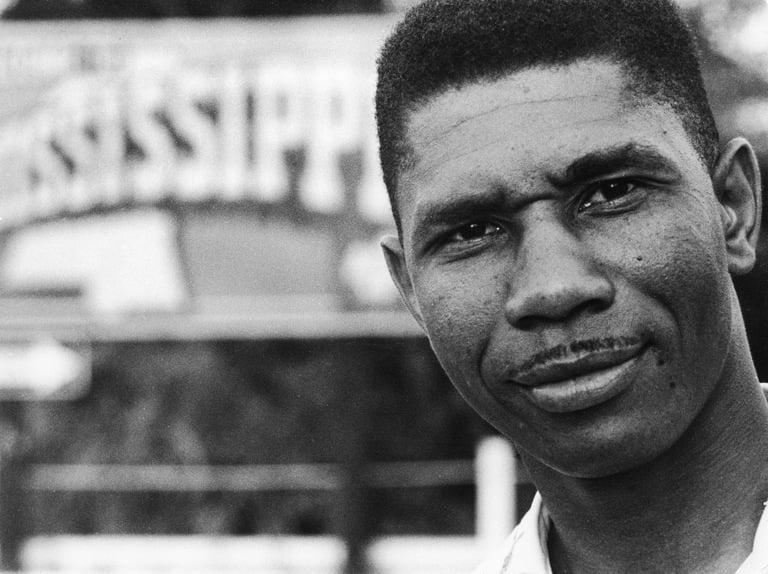
Medgar Evers, who was then president of the Jackson branch of the National Association for the Advancement of Colored People (NAACP), trained Tougaloo Nine for the sit-in protest. – (AP Photo/Francis H. Mitchell – Ebony Collection, File)
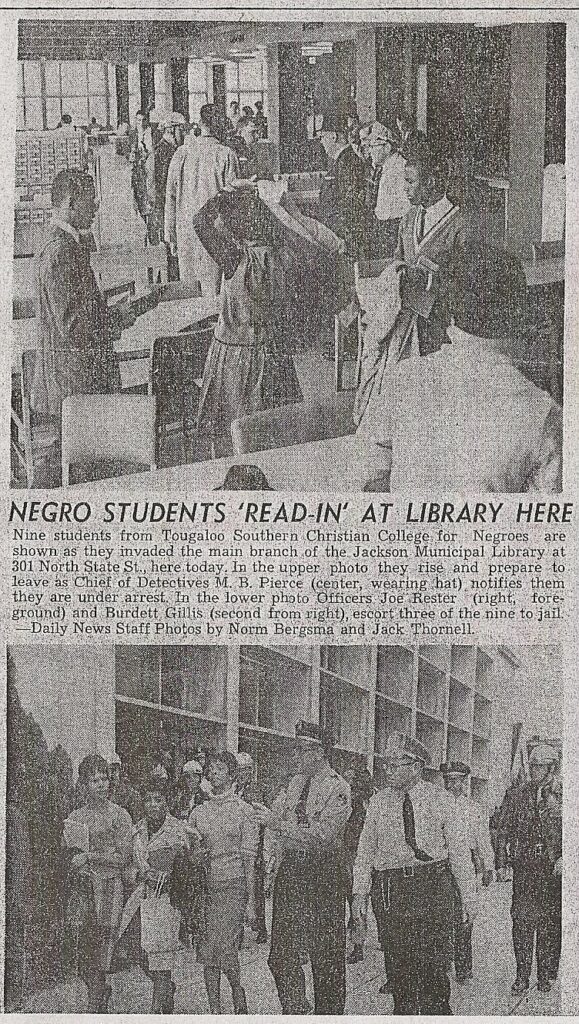
Myrlie Evers said of the Tougaloo Nine; “The change of tide in Mississippi began with the Tougaloo Nine and the library sit-in.” On March 27, 1961, nine students from Tougaloo College entered the main “White only” public library in Jackson, Mississippi, in an attempt to overturn segregation. The public library was chosen because it was supported by tax dollars of all citizens. The sit-in and read-in were carefully planned by the students and assisted by Medgar Evers, Mississippi field secretary of the NAACP.
The students first went to the ‘colored’ library and asked for books they knew were not there. They left and went to the larger library for White patrons, quietly entering, searching through the card catalog, sitting at tables, and writing notes from reference books.
On June 12, 1963, Medgar Evers was murdered by a White supremacist in the driveway outside his home in Jackson, Mississippi. Evers was inducted into the United States Army in 1942.
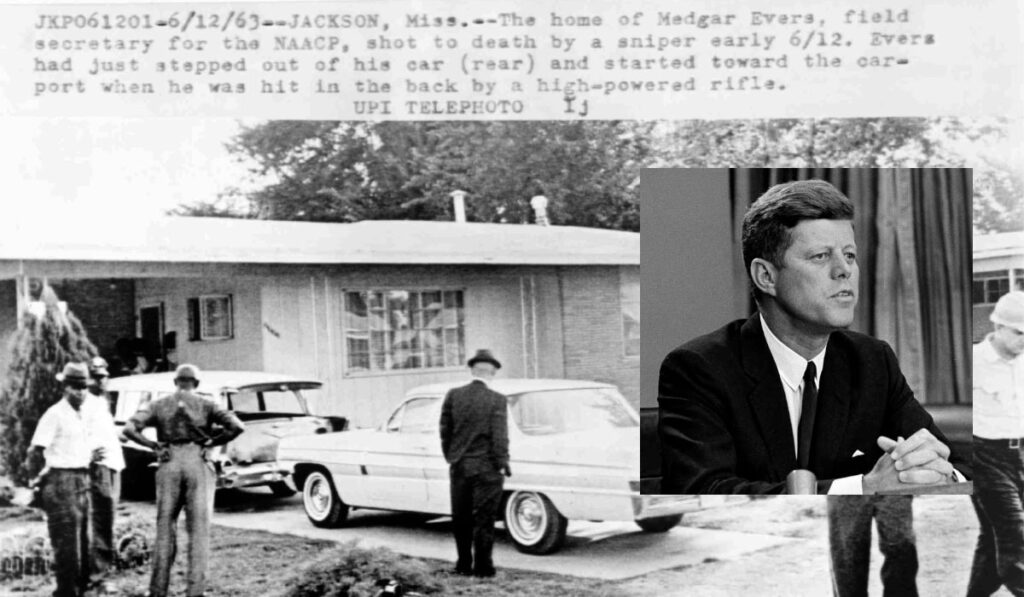
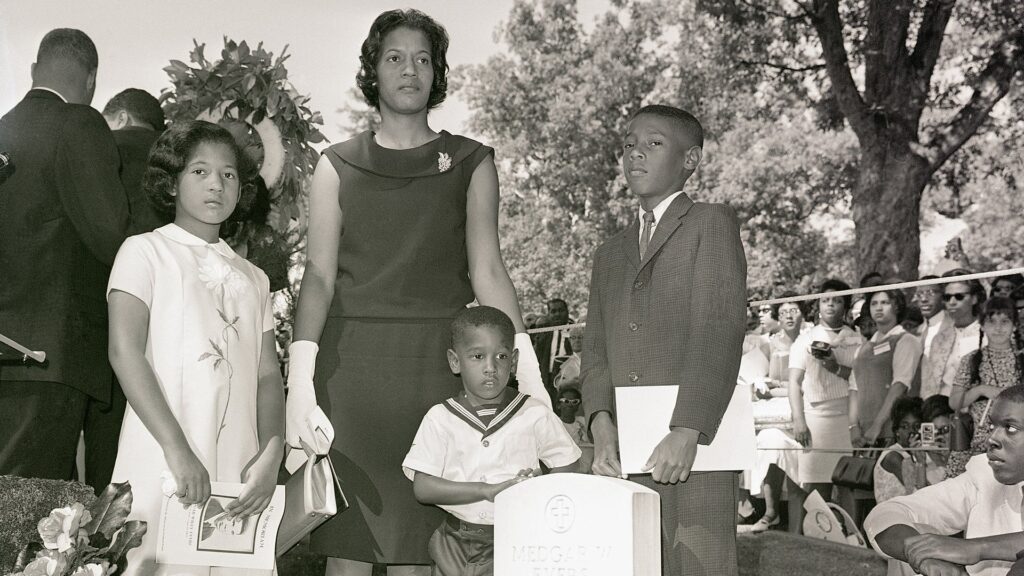
Myrlie Evers and children – BETTMANN ARCHIVE/GETTY IMAGES
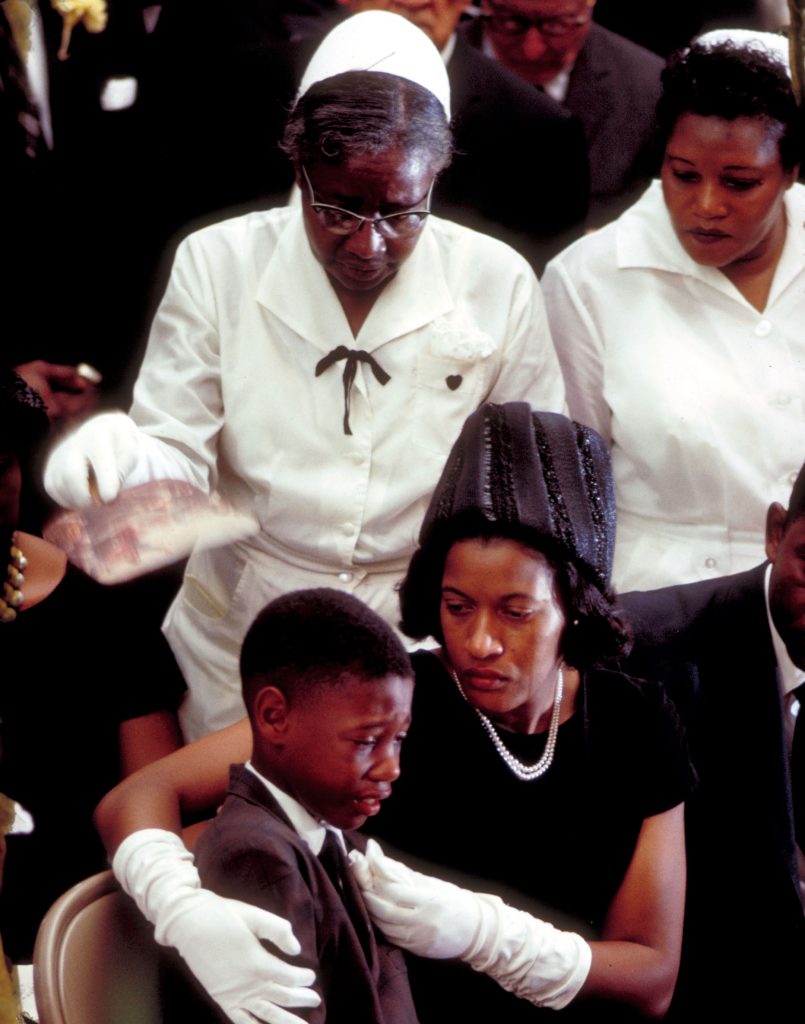
Myrlie Evers comforted her son, Darrell Kenyatta Evers, at the funeral of murdered civil-rights activist Medgar Evers
John Loengard The LIFE Picture Collection/Shutterstock
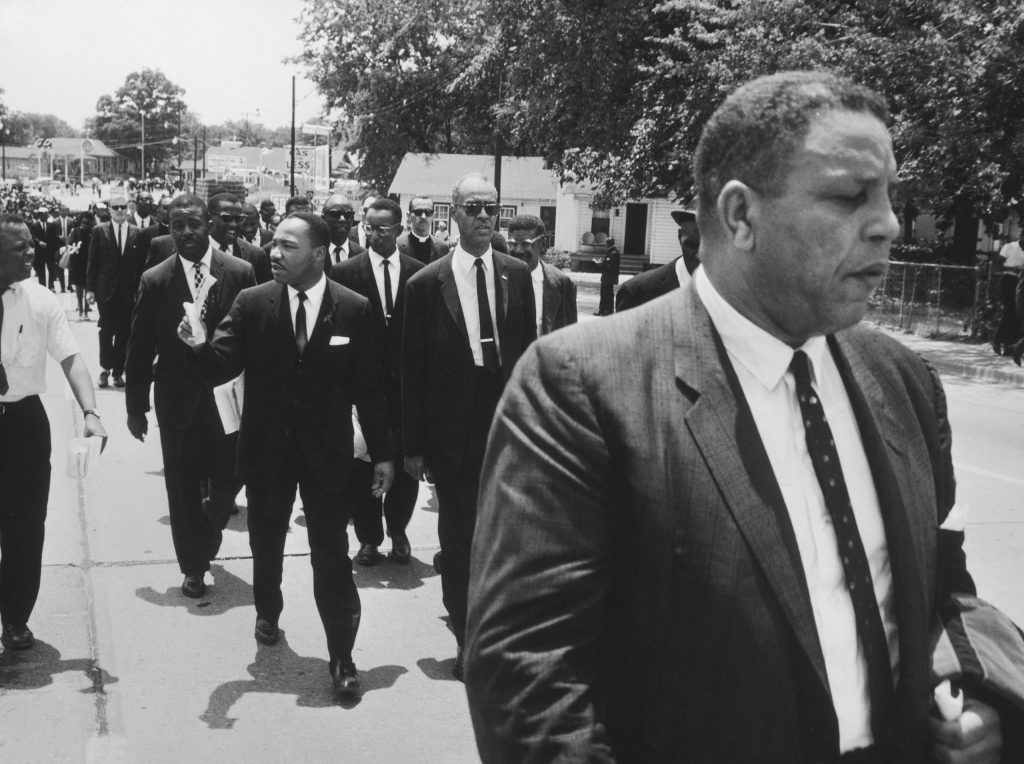
Martin Luther King, Jr., Ralph Abernathy, and other civil rights leaders walked in Medgar Evers’ funeral procession, in Jackson, Miss.
John Loengard The LIFE Picture Collection/Shutterstock
